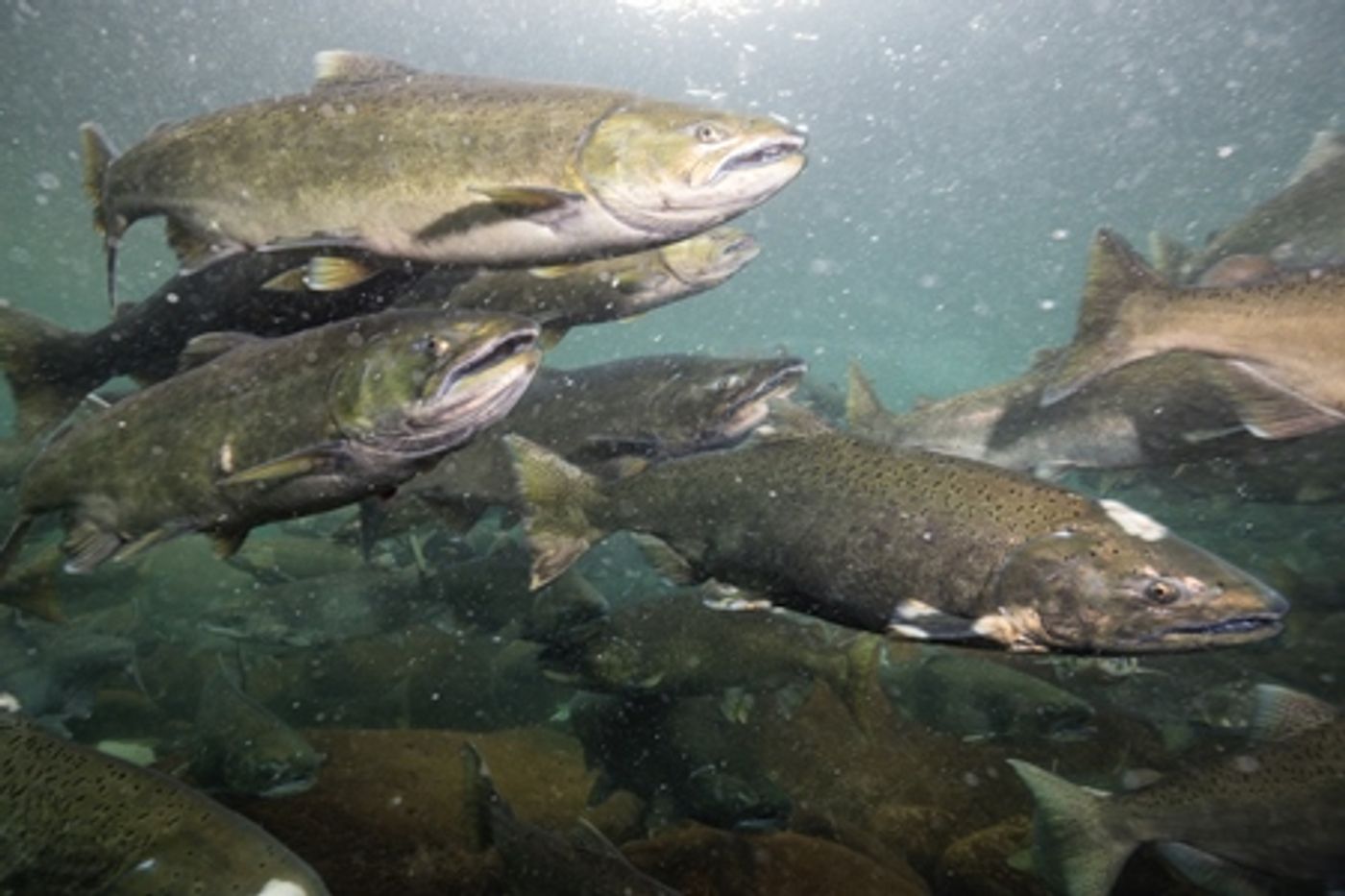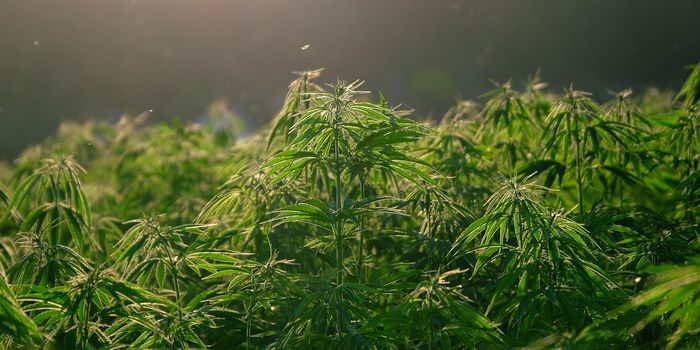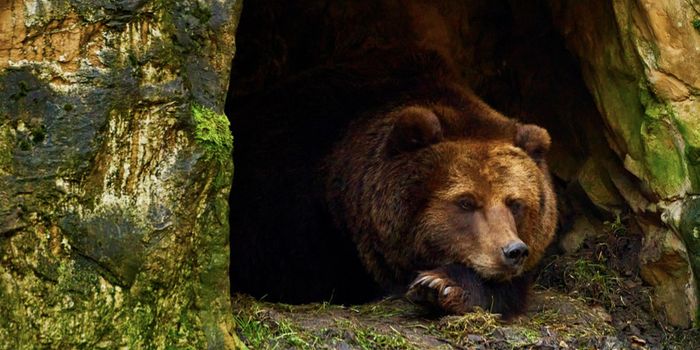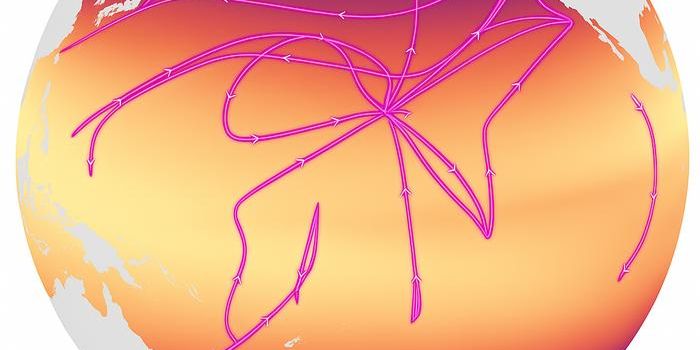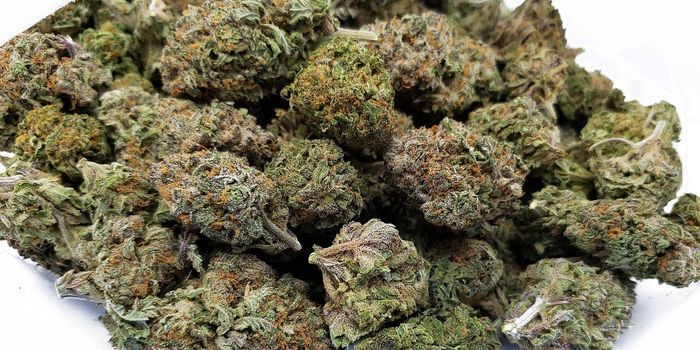Decaying Salmon Bodies Help Younger Populations Thrive
Salmon do a lot of migrating in their lives, but sometimes the older fish die once they’ve returned home.
While it certainly sounds sad, don’t cry just yet; a new study published in the journal Ecology Letters by researchers from the University of Glasgow suggests that these dying salmon might be doing their offspring a considerable favor.
Image Credit: University of Glasgow
The decaying bodies from these deceased salmon actually fertilize the environment and provide younger salmon with vital nutrients and food sources that foster both growth and genetic diversity. As the researchers point out, each of these factors are critical components for a successful species.
The researchers reached their conclusion after studying ten streams scattered throughout Scotland over the course of several months. Five of the streams received supplemental nutrients to simulate decaying adult salmon bodies, while the other five did not.
Related: Learn all about the secrets behind the swordfish's incredible speed
Several months later, the researchers returned to their streams of study to look for differences between those that received supplemental nutrients and those that didn’t. Their findings underscored how the supplement-enriched streamed harbored healthier salmon populations than those without.
“Our surveys, backed up by DNA fingerprinting, show that fewer families of young salmon survived in the streams that lacked parent carcasses – and those that were able to survive had higher maximum rates of metabolism, which indicates that the environment favored a particularly competitive and aggressive kind of fish,” explained Dr. Sonya Auer, the lead author of the study.
“But we didn’t see that same narrowing of the gene pool in the streams with more nutrients, so a by-product of the parents’ death is that they maintain the genetic diversity of the next generation.”
Related: Ever wonder what the white gunk on your salmon really is?
As it would seem, younger salmon populations that lack the nutrients provided by the decaying adult bodies aren’t as robust or genetically-diverse. The findings also imply how even the slightest change in this cycle could impact salmon populations and ignite problems down the road.
It should be interesting to see how researchers will use this knowledge for future conservation efforts. Only with additional research will we unravel more clues about mother nature’s witty methods.
Source: University of Glasgow
